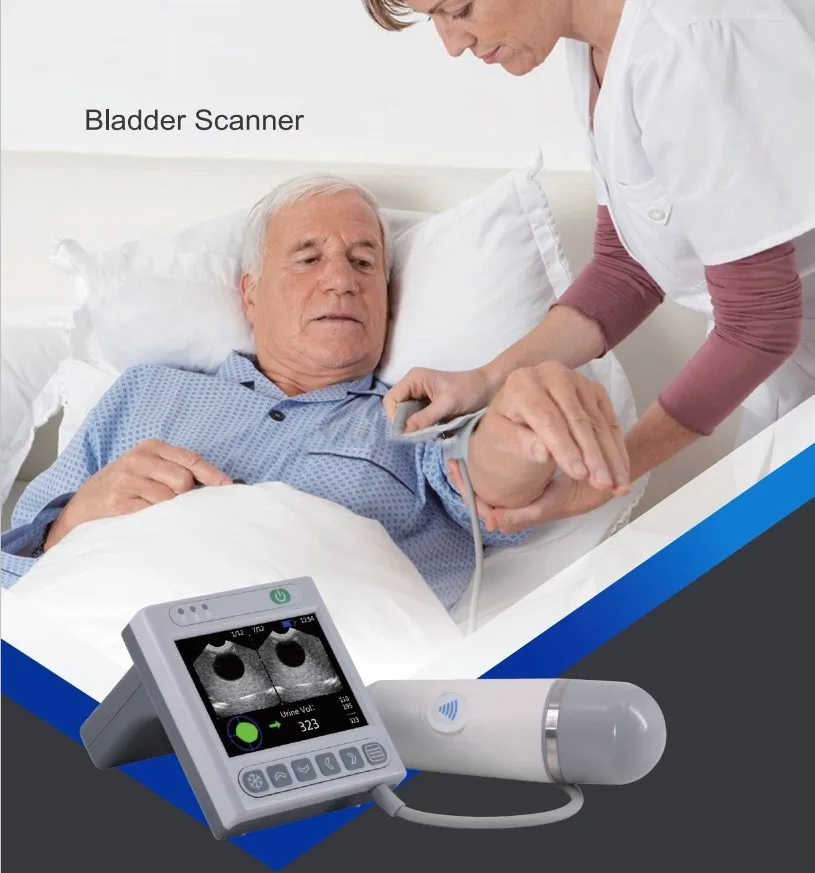Emerging Trends in Hospital Applications of Ultrasonic Bladder Scanners
Improving Patient Care and Diagnostic Accuracy in Modern Healthcare
The use of ultrasonic bladder scanners in hospitals is rapidly gaining momentum as healthcare providers embrace advanced diagnostic technologies to enhance patient care. These innovative devices, known for their non-invasive nature and accurate measurements, are revolutionizing the way urinary conditions are diagnosed and managed. In this news release, we explore the emerging trends in the application of ultrasonic bladder scanners in hospital settings, highlighting the transformative impact they have on healthcare outcomes.
One of the key trends observed in hospital applications is the integration of ultrasonic bladder scanners into routine clinical practice. As the demand for quick and accurate assessments of bladder volume continues to grow, healthcare facilities are increasingly incorporating these scanners into their standard protocols. By providing real-time images and precise measurements, bladder scanners enable healthcare professionals to make informed decisions regarding treatment plans, medication adjustments, and potential interventions, ultimately improving patient outcomes.
Another trend is the utilization of ultrasonic bladder scanners in perioperative care. Surgical procedures often require accurate assessments of bladder volume to ensure patient safety and optimize surgical outcomes. Bladder scanners play a crucial role in this regard by allowing healthcare providers to assess bladder capacity before and after surgery, monitor post-void residual volume, and detect urinary retention. This information helps clinicians make informed decisions about catheterization, reducing the risk of complications and improving patient comfort during the recovery period.
Furthermore, the integration of ultrasonic bladder scanners in emergency departments is gaining traction. Time is of the essence in emergency situations, and the ability to quickly assess bladder volume without invasive procedures is invaluable. Bladder scanners enable rapid evaluation of urinary conditions such as acute urinary retention, bladder trauma, and suspected urinary tract infections. By expediting the diagnostic process, these scanners contribute to timely interventions, enabling healthcare professionals to provide prompt and appropriate treatment.
In addition to traditional hospital settings, the use of ultrasonic bladder scanners is extending to home healthcare. With advancements in portable and user-friendly devices, healthcare professionals can now perform bladder scans in patients’ homes, eliminating the need for hospital visits. This trend is particularly beneficial for individuals with chronic urinary conditions or limited mobility, allowing them to receive regular assessments and personalized care plans in the comfort of their own homes.
The future of ultrasonic bladder scanners in hospitals is promising, with ongoing advancements in technology and software capabilities. These devices are becoming more compact, portable, and user-friendly, facilitating their integration into various clinical settings. Additionally, artificial intelligence (AI) algorithms are being developed to enhance the accuracy and efficiency of bladder volume measurements, further improving diagnostic capabilities.
In conclusion, the increasing utilization of ultrasonic bladder scanners in hospitals reflects a growing recognition of the tremendous benefits they offer in terms of diagnostic accuracy, patient comfort, and healthcare efficiency. By embracing these emerging trends, healthcare providers can enhance the quality of care provided to patients with urinary conditions, optimize treatment strategies, and ultimately improve healthcare outcomes. As technology continues to advance, ultrasonic bladder scanners are poised to play an even more significant role in shaping the future of modern healthcare.


